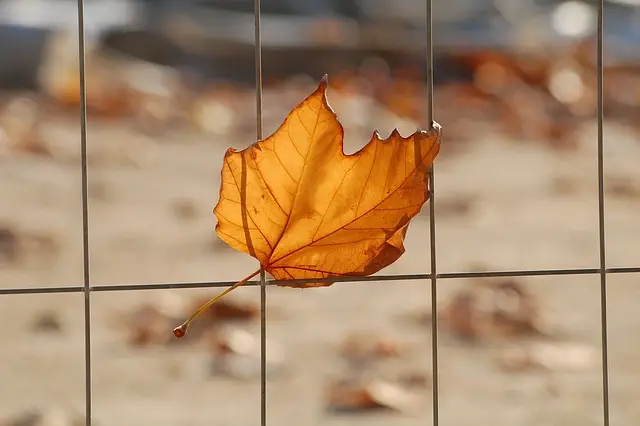Kratom, a plant product known for its effects, can maintain its quality and potency over time with proper storage. The key to preserving freshness and ensuring safety is to store it correctly. This section outlines the best practices for storing kratom to maximize its shelf life, including factors that affect its longevity. It also describes how to identify signs of spoilage or reduced efficacy, which is essential for users to safely use the product. By understanding how to store and assess kratom, consumers can make informed decisions on its usability and when it's necessary to acquire new supplies, addressing concerns about whether kratom goes bad.
- Understanding Kratom's Role in Mitigating Opioid Withdrawal Symptoms
- The Shelf Life of Kratom: Does Kratom Go Bad and How to Store It Properly
- Exploring the Various Strains of Kratom for Opioid Withdrawal Management
Understanding Kratom's Role in Mitigating Opioid Withdrawal Symptoms

Kratom, a plant native to Southeast Asia, has garnered attention for its potential role in addressing opioid withdrawal symptoms. The mitigating effects of kratom are primarily attributed to its alkaloids, namely mitragynine and 7-hydroxymitragynine, which interact with the brain’s opioid receptors. These compounds can produce effects similar to opioids, offering relief from withdrawal symptoms such as pain, anxiety, and discomfort. Users often report that kratom helps alleviate the intense cravings and emotional distress associated with quitting opioids.
When considering kratom as a tool for managing withdrawal symptoms, it’s important to address the question, “Does kratom go bad?” Kratom’s efficacy can be influenced by its storage conditions and shelf life. Properly stored kratom powder typically maintains its potency for one to two years. However, exposure to moisture, heat, or light can degrade the alkaloid content, potentially reducing its effectiveness. Users should store kratom in a cool, dry place, sealed tightly to protect against environmental factors that could compromise its quality. Understanding how to preserve kratom is crucial for those relying on it as part of their recovery process from opioid addiction. It’s also imperative to approach the use of kratom with caution, as it carries its own risks and regulatory considerations, and should be used under medical supervision or as part of a comprehensive treatment plan.
The Shelf Life of Kratom: Does Kratom Go Bad and How to Store It Properly

Exploring the Various Strains of Kratom for Opioid Withdrawal Management

When considering Kratom for opioid withdrawal management, it’s crucial to understand the different strains available and how they might impact an individual’s experience. Kratom, a plant from Southeast Asia, has gained attention for its potential to alleviate withdrawal symptoms associated with opioid cessation. The two main types of Kratom are the Indo and the Thai strain, each with distinct alkaloid profiles that can influence their effects. Indo strains, such as Bali or Borneo, are often known for their sedating properties, which may provide comfort during withdrawal, helping to soothe restlessness and insomnia. In contrast, Thai strains like Maeng Da are noted for their stimulating characteristics, which can be beneficial in managing the lethargy that sometimes accompanies opioid detoxification. It’s also important to consider the freshness of Kratom, as does Kratom go bad over time. The quality and efficacy of Kratom can degrade with exposure to air, moisture, and light. Users should store their Kratom properly in a cool, dry place to maintain its potency and ensure a consistent experience. Additionally, users often experiment with different vein colors—red, green, and white—each offering varying effects from energy-boosting to calming, which can be tailored to the individual’s specific needs during withdrawal management. It’s advisable for individuals to consult with healthcare professionals before incorporating Kratom into their regimen, as its effects can vary widely among users and may interact with other substances. Proper dosing and strain selection are key factors in optimizing the use of Kratom for managing opioid withdrawal symptoms.






